Diane Hu
Toward Pareto Efficient Fairness-Utility Trade-off inRecommendation through Reinforcement Learning
Jan 01, 2022

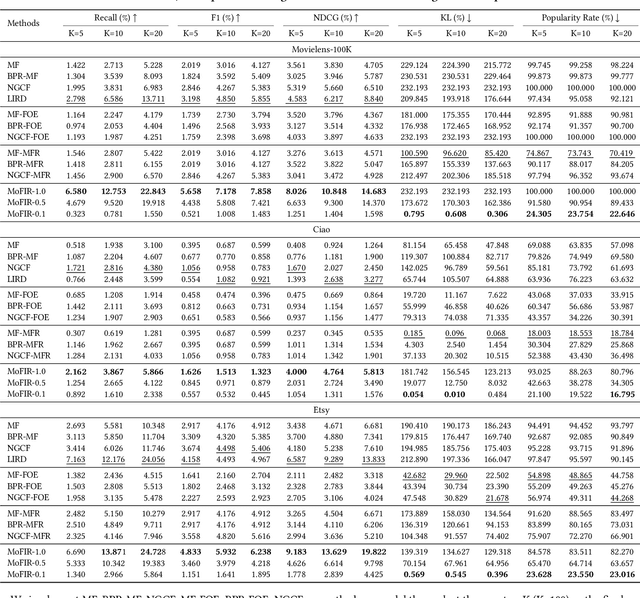

Abstract:The issue of fairness in recommendation is becoming increasingly essential as Recommender Systems touch and influence more and more people in their daily lives. In fairness-aware recommendation, most of the existing algorithmic approaches mainly aim at solving a constrained optimization problem by imposing a constraint on the level of fairness while optimizing the main recommendation objective, e.g., CTR. While this alleviates the impact of unfair recommendations, the expected return of an approach may significantly compromise the recommendation accuracy due to the inherent trade-off between fairness and utility. This motivates us to deal with these conflicting objectives and explore the optimal trade-off between them in recommendation. One conspicuous approach is to seek a Pareto efficient solution to guarantee optimal compromises between utility and fairness. Moreover, considering the needs of real-world e-commerce platforms, it would be more desirable if we can generalize the whole Pareto Frontier, so that the decision-makers can specify any preference of one objective over another based on their current business needs. Therefore, in this work, we propose a fairness-aware recommendation framework using multi-objective reinforcement learning, called MoFIR, which is able to learn a single parametric representation for optimal recommendation policies over the space of all possible preferences. Specially, we modify traditional DDPG by introducing conditioned network into it, which conditions the networks directly on these preferences and outputs Q-value-vectors. Experiments on several real-world recommendation datasets verify the superiority of our framework on both fairness metrics and recommendation measures when compared with all other baselines. We also extract the approximate Pareto Frontier on real-world datasets generated by MoFIR and compare to state-of-the-art fairness methods.
Generalized and Scalable Optimal Sparse Decision Trees
Jul 17, 2020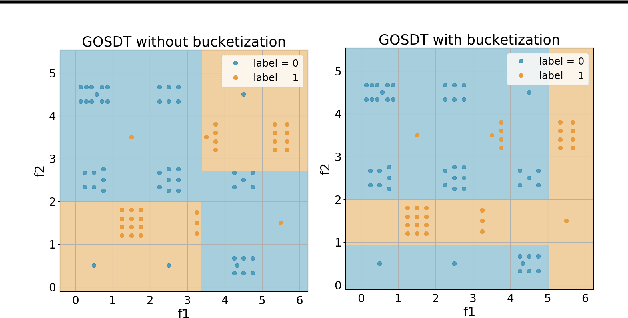
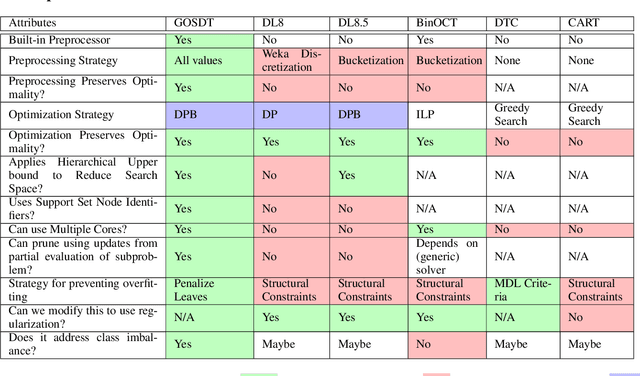
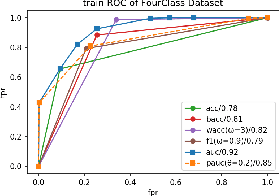
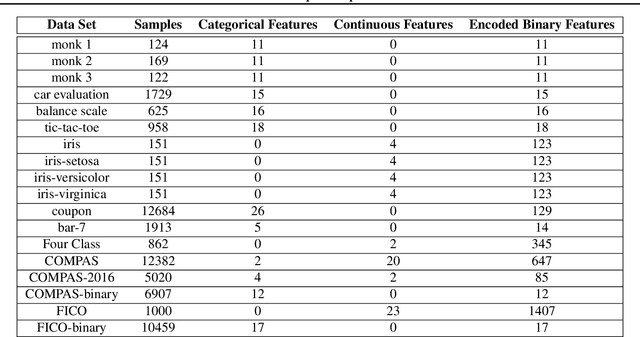
Abstract:Decision tree optimization is notoriously difficult from a computational perspective but essential for the field of interpretable machine learning. Despite efforts over the past 40 years, only recently have optimization breakthroughs been made that have allowed practical algorithms to find optimal decision trees. These new techniques have the potential to trigger a paradigm shift where it is possible to construct sparse decision trees to efficiently optimize a variety of objective functions without relying on greedy splitting and pruning heuristics that often lead to suboptimal solutions. The contribution in this work is to provide a general framework for decision tree optimization that addresses the two significant open problems in the area: treatment of imbalanced data and fully optimizing over continuous variables. We present techniques that produce optimal decision trees over a variety of objectives including F-score, AUC, and partial area under the ROC convex hull. We also introduce a scalable algorithm that produces provably optimal results in the presence of continuous variables and speeds up decision tree construction by several orders of magnitude relative to the state-of-the art.
Learning Item-Interaction Embeddings for User Recommendations
Dec 11, 2018
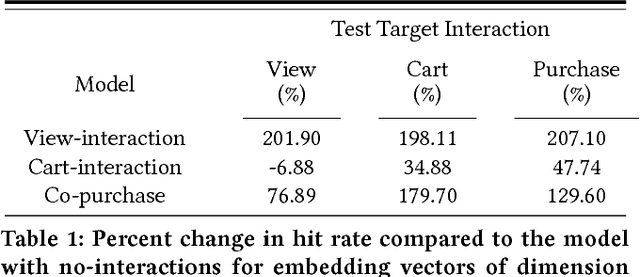
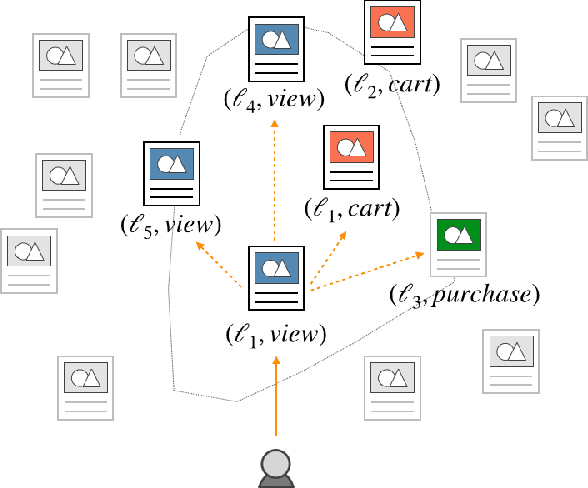
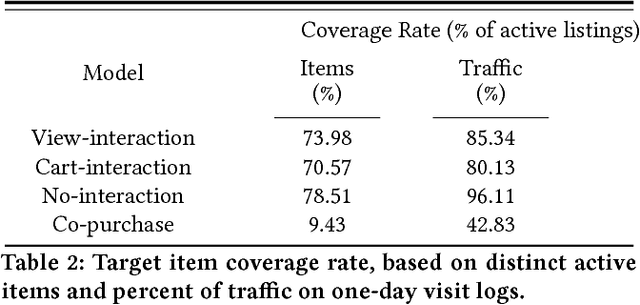
Abstract:Industry-scale recommendation systems have become a cornerstone of the e-commerce shopping experience. For Etsy, an online marketplace with over 50 million handmade and vintage items, users come to rely on personalized recommendations to surface relevant items from its massive inventory. One hallmark of Etsy's shopping experience is the multitude of ways in which a user can interact with an item they are interested in: they can view it, favorite it, add it to a collection, add it to cart, purchase it, etc. We hypothesize that the different ways in which a user interacts with an item indicates different kinds of intent. Consequently, a user's recommendations should be based not only on the item from their past activity, but also the way in which they interacted with that item. In this paper, we propose a novel method for learning interaction-based item embeddings that encode the co-occurrence patterns of not only the item itself, but also the interaction type. The learned embeddings give us a convenient way of approximating the likelihood that one item-interaction pair would co-occur with another by way of a simple inner product. Because of its computational efficiency, our model lends itself naturally as a candidate set selection method, and we evaluate it as such in an industry-scale recommendation system that serves live traffic on Etsy.com. Our experiments reveal that taking interaction type into account shows promising results in improving the accuracy of modeling user shopping behavior.
 Add to Chrome
Add to Chrome Add to Firefox
Add to Firefox Add to Edge
Add to Edge